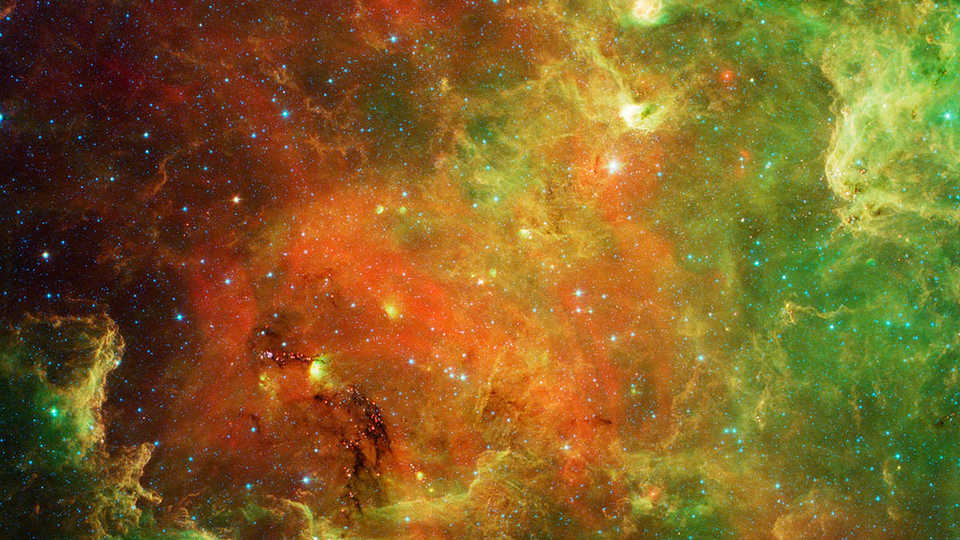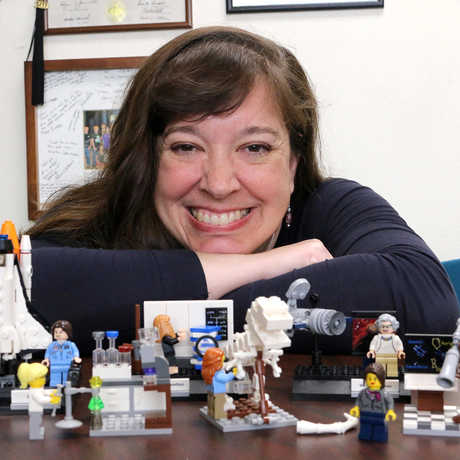$15 per guest
Member and senior price: $12. Discount applied after login.
Seating is limited and advance reservations required. To order by phone, call (877) 227-1831.

As seen in infrared light, the North America Nebula hides newborn stars surrounded by dusty cocoons. Image NASA/JPL-Caltech/SSC-Caltech.
The Universe in the Infrared: Spitzer’s Final Voyage
Monday, August 5, 7:30 pm
Morrison Planetarium
Featuring Luisa Rebull, Research Scientist, Caltech/IPAC
The infrared lies beyond the red end of the visible spectrum of light. Cool and dusty things throughout the Universe appear bright in infrared. The Spitzer Space Telescope is one of NASA’s Great Observatories, designed to observe the universe in infrared light. It was launched in 2003 with an expected lifetime of 5 years. Spitzer has succeeded beyond our wildest expectations, observing things from dust in our Solar System out to dusty galaxies at the edge of the Universe. On January 30, 2020, Spitzer will complete its mission. Dr. Rebull will summarize some of the interesting engineering that made this mission so successful, and cover several scientific highlights from the past 16 years of Spitzer operations.

Ever since she was very little, Luisa Rebull wanted to be an astronomer. Growing up in the Washington, D.C. area, her favorite museum was the National Air and Space Museum, and she was an avid “NASA junkie.” She played with LEGOs, discovered that girls really can do math and physics, and went on to grad school in astronomy and astrophysics, then doing her post-doc work at the Jet Propulsion Laboratory before moving to the Spitzer Science Center at IPAC, California Institute of Technology.
She’s worked on several teams at IPAC since then, and now works in NASA’s Infrared Science Archive (IRSA), also at IPAC, Caltech. While focusing her scientific research on star formation and the rotation of young stars (and whether their rotational speed is related to planet formation), she is also very involved in education and public outreach.
She enjoys sharing what she does with the general public and feels strongly that since taxpayers help pay for her salary, they deserve to find out what she does in terms that they can understand. She runs a program (NITARP) that partners small groups of educators with a research astronomer for a year-long research project so that science teachers can better understand how science works.
From outer space to Earth's inner core, explore the universe from Morrison Planetarium's 75-foot digital dome.
